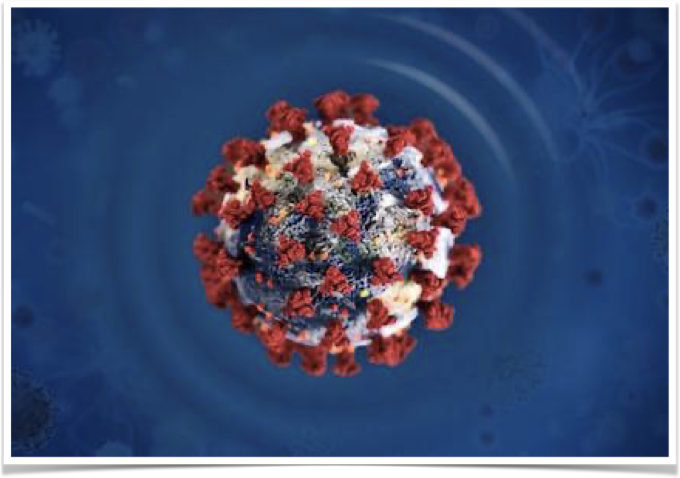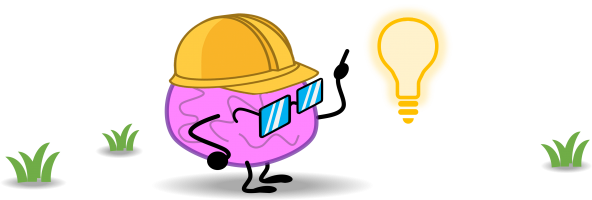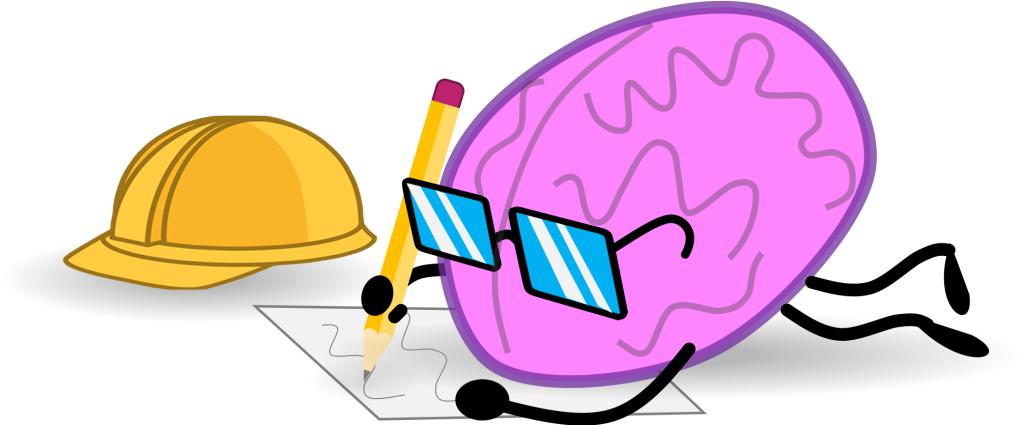Industry 4.0 is about Connectivity!
Industry 4.0 is the trend towards automation and data exchange in manufacturing technologies and processes which include cyber-physical systems (CPS), the internet of things (IoT), digital manufacturing , cloud computing, artificial intelligence to name a few.

In what ways is Industry 4.0 relevant to COVID-19?
The global supply chain is experiencing a level of disruption that has never been seen before!
Some manufacturers have ceased production completely, some have seen greatly reduced demand, while others have seen a huge increase in demand. Every manufacturer is impacted by this crisis in one way or another.
Pre-COVID-19 Crisis
Prior to the crisis, Industry 4.0 was an area of great interest to many manufacturers. It was an exciting topic with huge potential & was widely regarded as a ‘positive’ and future thinking topic.

Infinite Crisis – COVID-19 Now!
Today, many of us are focused on the here and now! Our health & that of our family, friends, and colleagues; the ability to access the food and supplies we need; our job security; the financial impact on our employers, clients and partners. Beyond that we need to consider the wider economic impact & the unknown amount of time it will take for things to return to some level of normality.
At this point; it seems insensitive and inappropriate to discuss Industry 4.0 in the way it was discussed pre-crisis. The business drivers of Industry 4.0 pre-crisis were focused on competitive advantage, cost reduction, productivity, sustainability and innovation.

Manufacturers’ Dilemma
The focus for most manufacturers now is survival first and foremost and beyond that, damage control. This raises a few challenging but pertinent questions:
- Is Industry 4.0 a topic that manufacturers should consider or think about?
- Is Industry 4.0 relevant anymore? If relevant, in what ways could it help?
The short answer is a firm YES!
Industry 4.0 is not only as relevant as it was before; rather, it is actually far more relevant moving forward! Here’s why…
The priorities for most manufacturers today fall into three distinct phases:
- Phase 1 – Survival
- Phase 2 – Recovery
- Phase 3 – Business as Usual in the new post-crisis era

Post COVID-19 Crisis
The goal for all manufacturers will be to get to Phase 3 as soon as possible and at the lowest cost. In defining the operating model for Phase 3 they will factor in lessons learned from the crisis and try to build a more resilient and agile business.
They will be asking themselves some fundamental questions such as:
- Where were the weaknesses?
- Where did they make costly decisions and why?
- What would have helped to reduce the impact?

Thinking Differently
It is plausible to think that the key finding will be that the systems & processes in place weren’t fit for purpose. It might be too soon to say for certain, but it seems clear from events unfolding that one of the major weaknesses is a lack of real-time visibility across the business. Visibility that is essential to support critical business decisions.
Most data systems currently consist of a heterogenous mix of applications & data silos. This system structure results in latency of information and a lack of a single real-time view of the business status. As soon as this system was tested beyond its normal operating conditions it failed, and this is why it is not fit for purpose.
During the crisis, production have been changing on a much higher frequency as a result of changing demands and availability of raw materials, key staff, and assets.
Post-crisis, we will reach a new normality and manufacturers will be keen to make sure this cannot happen again!

Leveraging Industry 4.0 to Combat COVID-19
Industry 4.0 has a different role from the past, where it’s role should be:
- Early-warning about any disruptions in the supply-chain that would cause a ripple effect on operations.
- Visibility into contingency plans in case the supply chain gets disruptive.
- Reliance on digital manufacturing to comply with social distancing & reduction in workforce capacity & the flexibility to switch suppliers or manufactures anywhere in the world remotely.
- Shorten the recovery period & integrate an agile system that can accommodate changes in market demand & allow manufacturers the flexibility to utilize their assets to serve other industries with minimal adjustments.

Examples of Where Industry 4.0 could be applied in the Kingdom
Here are a few examples where Industry 4.0 can add value in the Kingdom post COVID-19:
- Real-time visibility into the availability of raw materials, finished goods, Work-In-Progress (WIP), manpower and assets.
- Use of artificial intelligence and machine learning to constantly reassess and re-plan activities.
- The use of mobile technology and augmented/virtual reality to enable workers to perform tasks they were not trained for more easily. This could have assisted with skills shortages due to self-isolation, social distancing, or repurposing of manufacturing.
- The same technologies together with digital manufacturing and remote support from manufacturers would improve availability of assets.
- Digital manufacturing could enable more remote & virtual working to help with the issue of lockdown & social distancing.
- Digital manufacturing using either conventional precision manufacturing (Computer Numerical Control – CNC) or 3D printing of spare parts that were stuck in the supply-chain
Rather than shying away from advanced technologies, we should be thinking about how we can use them now & in the future!
Questions to Consider
Can any of these technologies be deployed now to help deal with the crisis?
In what ways can these technologies be used to help us recover more quickly and develop more resilient and robust businesses that are better equipped to deal with this level of disruption in the future?

Where to go from here?
The key to successful digital transformation is not technology; rather, it’s collaboration & breaking the silos!

We need to break-down the traditional silos both within organisations and in the external supplier ecosystem.

Synchronizing efforts is essential so that we don’t have to reinvent the wheel.

This has ever been more pressing than it is today & the fact that we can all see it happening in so many different areas before our own eyes gives a lot of hope.

If there one thing that COVID-19 has taught us is that we’re all connected; whether we’d like to admit it or not!

We are all connected…










